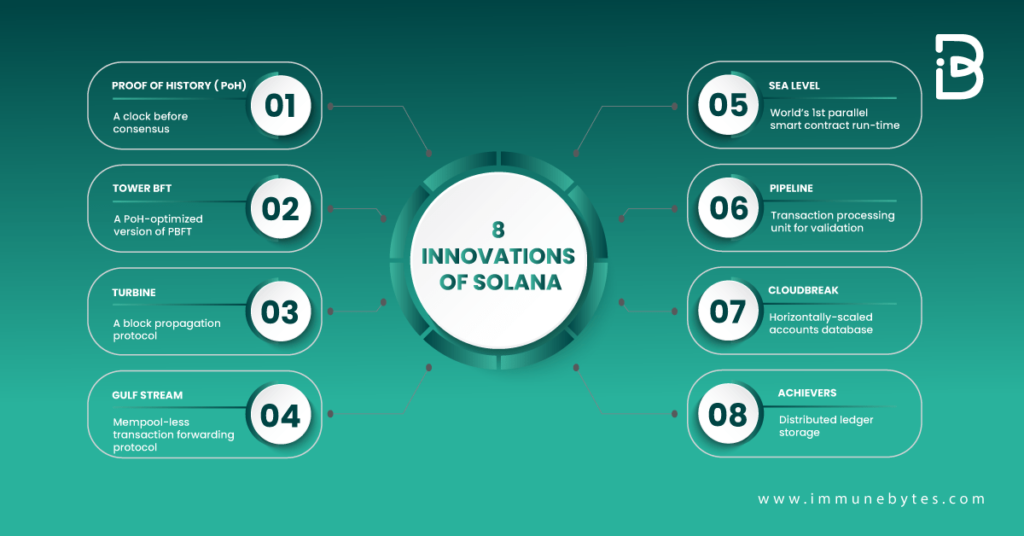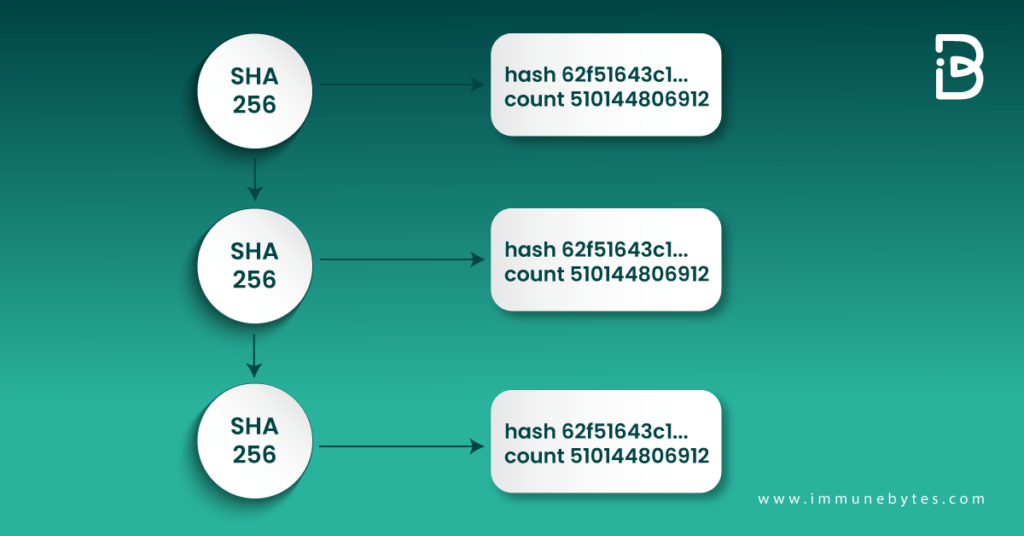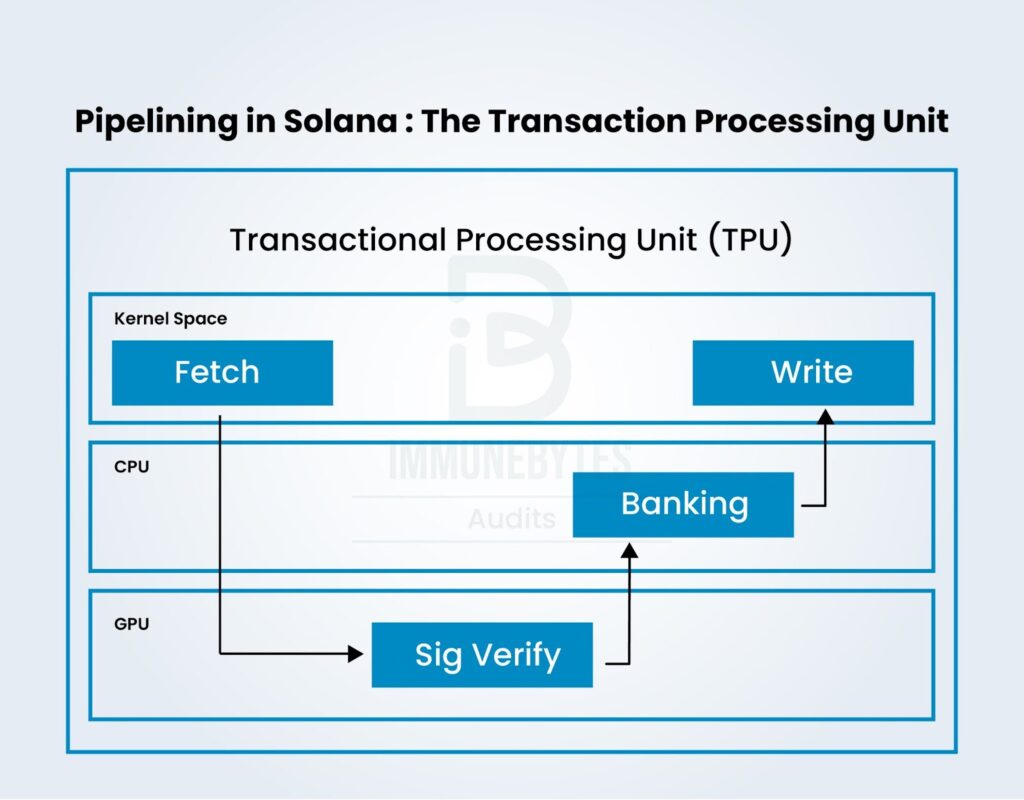Solana, a fairly new blockchain platform, launched in March 2020. isn’t widely known yet outside of the crypto community. But insiders think the blockchain platform is interesting for a wide variety of reasons. Solana is a?fast, secure, and censorship-resistant blockchain,?providing the open infrastructure required for global adoption.
Crypto watchers have been keenly interested in Solana, mainly because of the out-of-the-box, never-seen-before features it brings on the plate, each with an application to Solana security, bandwidth, and decentralization.
In this blog, we’re going to be taking a brief overview of Solana and the core innovations that it has introduced into the blockchain community!
A Little Background of Solana
Table of Contents
The Solana (SOL) platform was founded back in 2017 by Anatoly Yakovenko. Having worked with Qualcomm previously, Yakovenko has a wide range of experience with compression algorithms. Along with Eric Williams and Solana’s CTO, Greg Fitzgerald, they created a new process of dealing with traditional throughput problems that existed in the Bitcoin and Ethereum blockchains.
The founders of Solana were aiming to create a trustless and distributed protocol that would allow for more scalability. Solana’s impact has also brought the attention of many investors: Multicoin Capital, Foundation Capital, SLOW Capital, CMCC Global, Abstract Ventures, and more.
Solana: Explained
Solana is a fourth-generation blockchain and cryptocurrency that leverages an open infrastructure to provide greater scalability. The network introduces various new and unique technologies to provide users with unmatched transaction speeds and enterprise-level security.
Solana is capable of processing more than 50K transactions per second which is way faster compared to any other blockchain existing at the moment.
All good things so far but WHY SOLANA?
There are multiple pain points in the market that Solana attempts to rectify. The network’s architecture was structured to be expandable and resilient to censorship. This makes it capable of tackling both, transaction settlement speed concerns and bandwidth via this design.
Plus, the 8 innovations! Let’s take a look at what these are.
The 8 Innovations of Solana

Proof of History ( PoH)
We all heard about Proof-of-Work (PoW), Proof-of-Stake (PoS), and Ethereum’s big transition from PoW to PoS. But Solana seems to be a step ahead!
Proof-of-History (PoH) is derived from Proof-of-Stake (PoS). It focuses mainly on the concept that instead of trusting timestamps given on a block, you could prove that a message occurred at a specific time before and after an action.

In most distributed networks, agreeing on the time and sequence in which events happened is a challenge as nodes in a network can’t simply assume that an external source of time or timestamp appears in a message and is truthful. Solana’s Proof-of-History is an attempt to solve this problem! The protocol makes it possible to create a historical record that proves an event that happened at a specific moment in time.
PoH is a high Verifiable Delay Function (VDF). The platform requires validators to solve these VDFs continuously. A VDF requires a specific number of sequence steps to evaluate but also produces a unique output that can be efficiently and publicly verified. VDFs can only be solved by a single CPU core applying a particular set of sequential steps.
The purpose of using PoH is to increase the efficiency and speed of transaction processing within the Solana blockchain network.
Tower BFT
The Tower BFT system improves network responsiveness by allowing Validators to vote on the state of the ledger.
This mechanism also records the previous votes and utilizes them to speed up validation by allowing Validators to simply reference their previous votes rather than running the entire transaction chain.
In this way, Tower BFT can be considered an?upgraded version of the?Practical Byzantine Fault Toleration (PBFT)‘system found in other DPoS blockchains.
Turbine
Since the Solana consensus layer has no dependence on peer-to-peer messages, making it possible to optimize the way blocks are transmitted through the network independently.
Turbine is a block-propagation technique. In a distributed system, increasing the node count means increasing the amount of time necessary to send all the data to all nodes. Turbine solves this issue. In this case, when a node produces a message to 500 of its peers, it wouldn’t need to transmit the information 500 times. Instead, the message is broken down and sent in a packet to a different validator. Each validator retransmits the packet to a group of peers.
In simpler terms, The turbine breakdowns the data into smaller parts, making it easy to transmit into blockchain nodes. Consequently, It results in increased bandwidth and capacity of Solana-supported transactions.
Gulf Stream
The Gulf Stream eradicates the need for the ?Mempool concept? aka a waiting area for transactions before they are selected to go in the next block. It helps in reducing the confirmation time of transactions by caching and forwarding them instantly.
Gulf stream protocol processes the confirmation of transactions even before the new data is finalized. It introduces a new strategy that allows the network to forward transactions to validators before the current block of transactions is finished with its approval.
Sealevel
Sealevel provides Solana with a major advantage over the most popular smart contract-based networks in use today. Another interesting feature that has gained Solana the much-deserved popularity!
Solana uses Sealevel to execute smart contracts that can run in parallel. This system also allows similar smart contracts to leverage the same protocols. This strategy implies that thousands of smart contracts can run simultaneously and in parallel without bogging down the network’s performance.
Pipeline
Solana incorporates a transaction processing unit known as Pipelining.
The protocol works by assigning a stream of input data to different hardware based on its specifications. This system helps to improve block validation times.

Cloudbreak
This data structure protocol is used to read and write across the network concurrently. Cloudbreak is the Solana network’s account database. To achieve the necessary scalability on the Solana network, it requires the use of Cloudbreak which is optimal for concurrent reads and writes across the network.
Archivers
Archivers are employed for data storage. Data on Solana offloads from validators to a network of nodes known as Archivers. These nodes can be lightweight and they will be subject to a check, every so often, to ensure they are storing the right data.
SOL: The Native Token
SOL is the name of Solana’s native token. This versatile cryptocurrency enables users to earn passive rewards through the network’s delegated staking options.
Another use for SOL is to perform micropayments known as lamports. The current circulating supply of SOL is 26 million. Notably, SOL is hard-capped at 489 million coins.
The process of staking is quite simple, it is as follows:
- Transfer tokens to a wallet that supports staking
- Create a staking account
- Select a validator from Solana’s validators
- Delegate your stake to the validator
The annual reward percentage offered is set at 10%.
Users can transfer SOL tokens with the help of the Solana blockchain wallet, secured by Solana blockchain technology. Users can either prefer app wallets or command-line wallets, depending upon their expertise.
Final Thoughts
The Solana blockchain enables low gas costs and faster transaction speeds; the community is well aware of these simple wins, though there are other lesser-known yet powerful features that we think truly lend themselves to Solana being the platform of choice for future projects.
There’s much more to Solana that we haven’t covered in this blog and will be discussing in the future. So stay tuned!
About Us
ImmuneBytes is facilitating blockchain security by employing the use of cutting-edge techniques on smart contracts and decentralized applications. We have a team of experienced security professionals who are adept at their niches and provide innovative solutions and consultation. So far we have worked on 175+ blockchain start-ups on different blockchain frameworks, with clients spread across the globe, and are continually unfolding ourselves to make this decentralized movement thrive.

